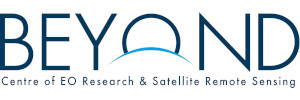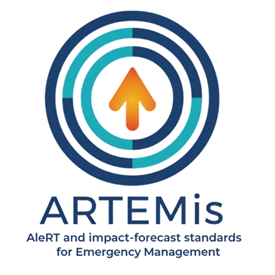|
|
|

The intensification of natural hazards through climate change demands scalable and harmonised emergency protocols that go beyond national borders to provide continuous coverage. This is because of the growing occurrence of cross-border disasters and of domestic disasters requiring a transnational response. Currently, transnational emergency management of natural hazards in the European Union (EU) is fractured due to the diversity of national systems and procedures, which can be ascribed to administrative diversity, resource disparities, and cultural differences. In conjunction, these create hurdles to the harmonisation of crisis response. ARTEMis will address these challenges, paving the way towards a new era of harmonised and standardised protocols, tools, and procedures for emergency management and risk awareness on a pan-European level, delivering innovations in 6 concrete pillars, namely: (i) Assessment and Analysis: Conduct a comprehensive assessment of existing alert and impact forecasting systems and emergency management protocols across Europe for among others identifying gaps and areas for improvement in current practices; (ii) Development of an Integrated Emergency Management Framework: Collaborate with European, national, regional, and local authorities to develop an integrated framework for emergency management making sure that the framework leverages existing systems like the Copernicus Emergency Management Service; (iii) Harmonisation of Alert and Impact Forecasting Systems: Proposal of homogeneous methods for identifying vulnerability and exposure and creation of harmonised protocols for alert and impact forecasting systems, ensuring timely information dissemination to civil protection authorities; (iv) Implementation and Testing: Validation testing of the integrated framework and harmonised protocols in selected regions prone to natural disasters. Conduct exercises (tabletop and full scale) to test the effectiveness of the new systems and protocols; (v) Knowledge Transfer and Capacity Building: Organisation of workshops, training sessions, and webinars to build the capacity of relevant stakeholders and develop training materials and resources that can be used for ongoing education and awareness; and (vi) Enhancing Risk Awareness: Development of innovative tools to visualise risks, vulnerability, and exposure using impact forecasting data and satellite information. Implement public awareness campaigns to educate EU citizens about local risks and preparedness measures.


